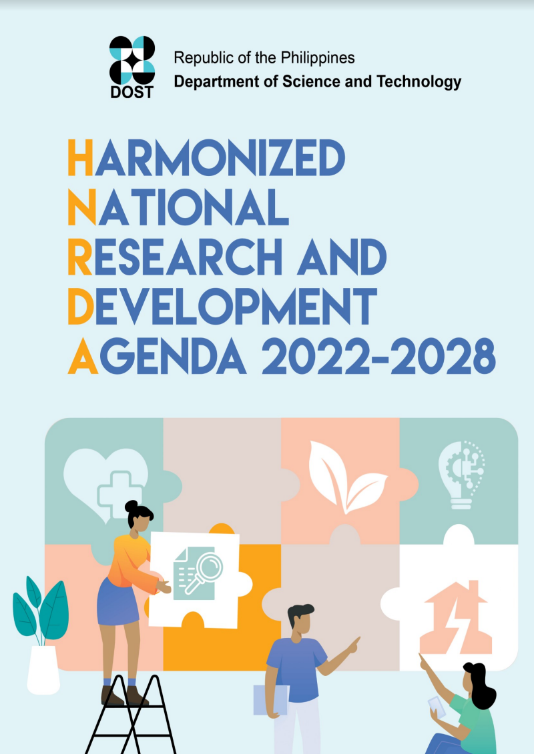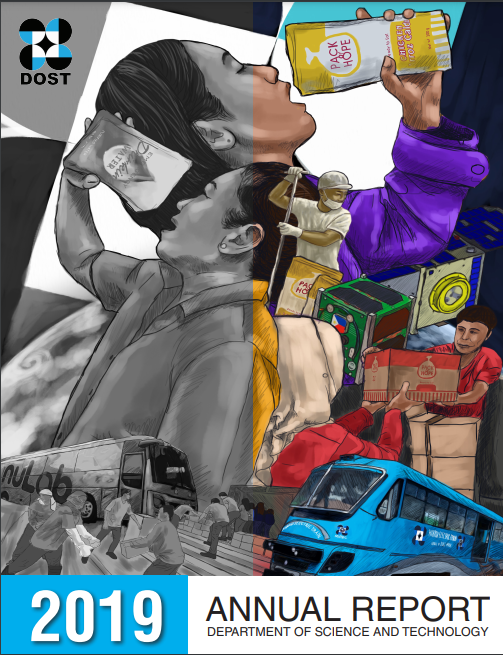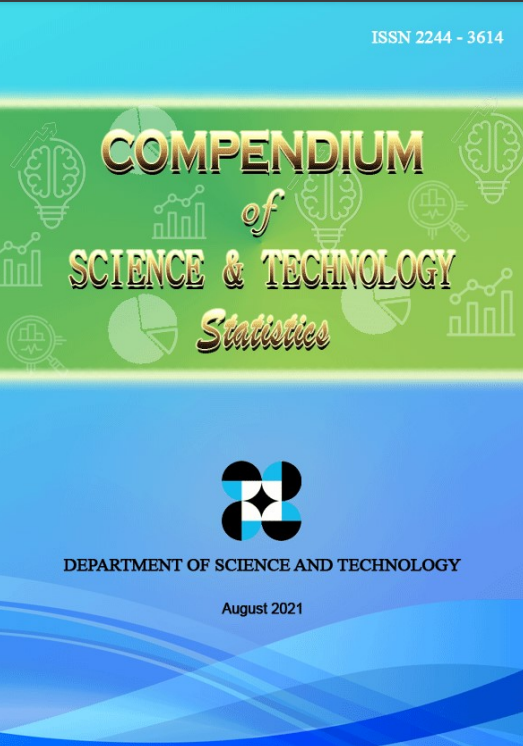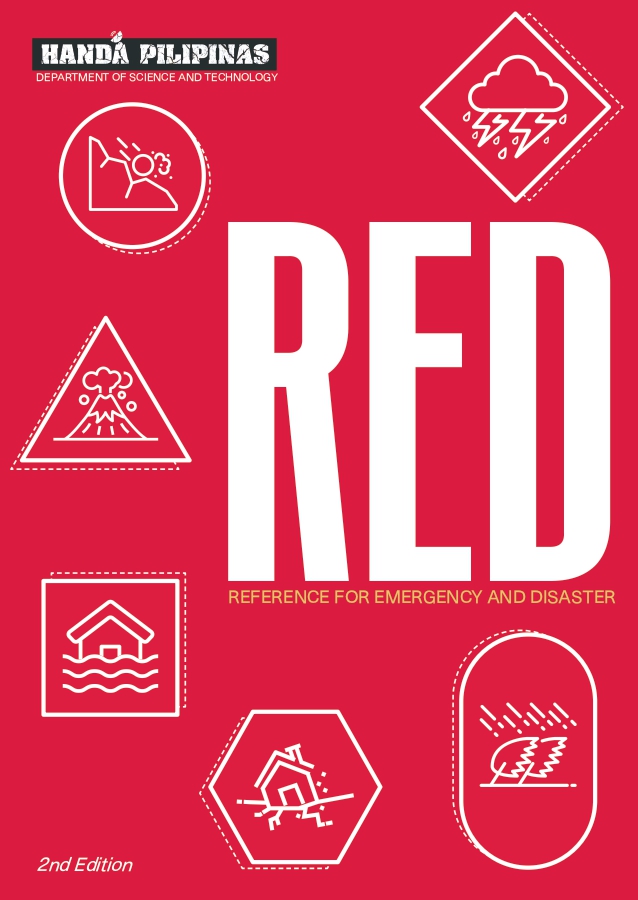PH S&T OFW brain drain rises to 148%
- Details
- Hits: 13640
The outflow of Filipino science and technology workers has risen to 148 percent, initial results from a Department of Science and Technology (DOST) study said.
DOST-Science Education Institute (SEI) Officer in Charge and Deputy Director Dr. Leticia V. Catris said that based on the preliminary findings of the SEI study on the Migration of S&T workers, outbound S&T workers in the Philippines has increased from 9,877 in 1998 to 24,502 in 2009, amounting to an increase of about 148%.
The Philippines experienced the highest outflow from 2000 to 2001 when it increased from 11,186 to 17,756 or a difference of about 59 percent.
Catris said that the study also showed that from 1998 to 2009, more female S&T migrants left the country than males, which peaked between 2000 to 2005, at a ratio of 2:1.
“Consistently there were more female S&T migrants than male ones across the years, which was particularly pronounced in 2001, wherein almost three quarters of S&T workers who left the country to work abroad were women,” she said.
The number of S&T professionals getting out of the country was highest in 2009 at 24,502, followed by 2008 (24,330), 2007 (18,771) and 2001 (17,756).
First locally-designed mass transit system ready to roll
- Details
- Hits: 3229
The first Filipino designed electric-powered automated guideway transit system or AGTS is ready to roll down a 150-meter test track currently under construction at the sprawling Department of Science and Technology complex in Bicutan, Taguig City.
Two test-chassis of the AGTS will be ready next month, DOST Assistant Secretary Robert O. Dizon said. An engineer himself, Dizon closely supervises the AGTS design team composed of young DOST engineers with diverse engineering specializations.
DOST also expects the completion of a longer two-kilometer demonstration rail track at the University of the Philippines in Diliman by middle of the year.
“I believe that our AGTS design suits local conditions for mobility. We want to ease travel around highly populated urban centers particularly Metro Manila and the rapidly industrializing adjacent provinces”, DOST Secretary Mario G. Montejo said.
Metro Manila Development Authority (MMDA) Chairman Francis Tolentino also said that AGTS could be an ideal transport mode around the historic Intramuros district. He cited the numerous schools within and around the famous walled city.
Montejo explained that rail mass transit system is not new in the Philippines. He cited the ageing railways system in Luzon that went on track during the Spanish colonial era.
The AGTS design team has considered the peculiar local geographic and urban development layout and tropical weather conditions in designing the AGTS, he added. It will also cost a lot less that imported mass transit systems currently operating in Metro Manila.
President Aquino expressed interest in the development of AGTS during a meeting with Montejo and other top DOST officials in Malacañang last December. [S&T Media Service]

The concept of the Filipino-designed electric-powered automated guideway transit
DOST Region 11, partners push for water sanitation for Southern Mindanao indigenous folks
- Details
- Hits: 3829
Davao City – A weeklong international training on water and sanitation concerns has drawn interest in this city as 25 delegates from eight countries share their respective experiences 9-15 February 2011.
Organized by Sweden’s Lund University and coordinated by the Department of Science and Technology Region 11, the training is the fourth of a program series sponsored by the Swedish International Development Cooperation Agency (SIDA). It has trained 100 professionals from developing countries since 2007. Aside from the Philippines, other participating countries this year are China, India, Indonesia, Kenya, Sri Lanka, Tanzania, and Zambia.
The sharing of delegate’s experiences in water sanitation showed similarities in challenges despite cultural differences. Delegates found common difficulties in communicating ideas and creating partnership among stakeholder-beneficiaries, sustainability, time management, and developing tools on how to measure change. On the other hand, vandalism and integration of gender concerns were prominent in some countries.
The Philippine project
The project, entitled "Development and Implementation of Water Safety Plans (WSP) for Two Peri-urban Indigenous People (IP) Communities in Southern Philippines", was conceptualized and implemented by Dr. Anthony C. Sales, DOST Region 11 director; Hydie R. Maspiñas, Davao Water District quality assurance manager; Ms. Stella Gonzales Anima, Metro Kidapawan Water Distriect general manager; and Ms. Angelina N. Tiotangco, Far Eastern University professor.
“The project from the Philippines is the best,” said Lars Bengtsson of the Lund University in an interview. The project proposed a totally new concept replete with strategies, tools, and implementation processes. It was published in the Process Reports for 2009-2010 of the Change Projects from the International Training Programme for Sustainable Urban Water and Sanitation – Integrated Processes.
Project sites were Sitio Upian in Barangay Marilo of Marilog District, Davao City and Barangay Bongolanon in Magpet, North Cotabato which are part of the Davao River watershed and Mt. Apo protected area, respectively.
Read more: DOST Region 11, partners push for water sanitation for Southern Mindanao indigenous folks
DOST, MMDA to tap local technology for road safety, cleanliness
- Details
- Hits: 3602
The Department of Science and Technology led by Assistant Secretary Robert Dizon and DOST-Science and Technology Information Institute Director Raymund Liboro recently held talks with Metro Manila Development Authority (MMDA) Chairman Francis Tolentino to identify areas that the two agencies can jointly work on.
The talks were held in the light of MMDA's move to explore homegrown technology solutions to its pestering concerns in maintaining order and cleanliness along the capital’s major roads and waterways.
Initially, DOST will look into the possibility of developing enzyme-based process to degrade or reduce harmful chemicals in garbage. “Daily we collect thousands of tons of garbage in Metro Manila, which contain residual chemicals harmful to humans and the environment,” Tolentino said.
To accelerate the clean up of the Pasig River and its tributaries, the DOST can also introduce bioremediation through the use of chemical waste-absorbing plants and organisms.
Both sides agreed to look into the possibility of developing Filipino-designed solar powered traffic signal system, speed radar guns, rescue sensors for collapsed buildings, and colored plastic-asphalt mix that can be used to mark pedestrian lanes, Liboro explained. [S&T Media Service]










































